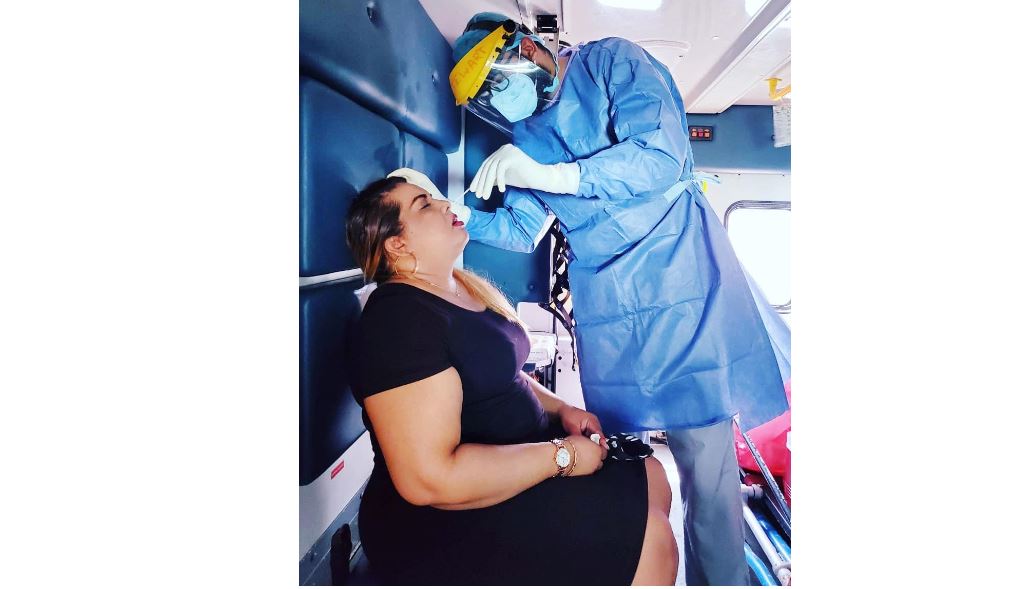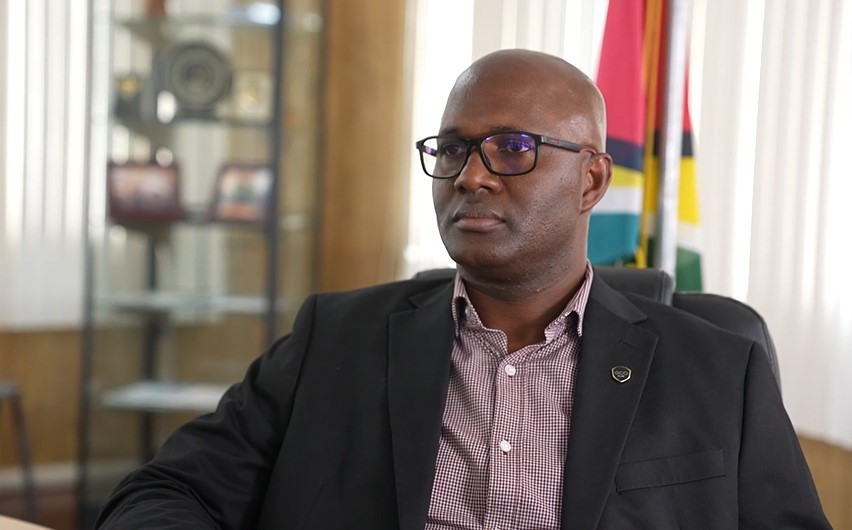
The Ministry of Health recently adopted updated guidelines from the World Health Organisation (WHO) to discharge positive COVID-19 patients who do not have any symptoms from isolation.
As a result, Guyana’s recovered cases moved from 181 on July 27 to 616 on August 27.
In an interview with the News Room this week, WHO’s country representative Dr William Adu-Krow explained that positive COVID-19 persons who do not have symptoms cannot spread the disease after 13 days which is the isolation period.
Previously, persons without symptoms were in isolation for as much as 99 days.
Guyana has recorded 1,140 COVID-19 cases but according to Dr Adu-Krow, between 45 and 50 per cent of all the cases are asymptomatic.
“The idea is that after a full incubation period (10 days) and three days without symptoms, that person is no longer shedding virus to infect others…,” the PAHO/WHO representative said.
He explained that some persons may develop symptoms five days after becoming infected and therefore, they can be recorded as asymptomatic. But the same protocol applies.
“When they become symptomatic, that rule still applies that after ten days of isolation, we add another three days without symptoms, then they can be released,” the health expert added.
Dr Adu-Krow explained that some of these persons continue to test positive for many weeks but remain without symptoms and cannot infect another person when they’re talking or interacting with that person.
He alluded to some cases in Guyana where persons –mostly males –were kept in isolation for close to 100 days after their results were positive.
“There are many other countries that were having persons who were continually testing positive, even though they’ve been in isolation for several times but it was shown that these persons can be released from isolation because they’re no longer infective,” he said.
The WHO said usually 5-10 days after infection, the infected individual starts to gradually produce neutralizing antibodies. Binding of these neutralizing antibodies to the virus is expected to reduce the risk of virus transmission.
Dr Adu-Krow likened the disease to HIV noting that after some time of using the anti-retroviral, the measurement of the viral particle continues to decrease to a level that is indeterminate and therefore those persons do not transmit HIV.
Previously, COVID-19 patients required two negative results within 24hrs in order to be released from isolation.
Other than recognising the inability to transmit the virus after 13 days, the WHO’s decision was also guided by consultations with global experts who reported constraints of limited laboratory supplies, equipment, and personnel in areas with intense transmission.
In Guyana, there is a major backlog in testing at the National Public Health Reference Laboratory which is the only lab currently approved for testing.












